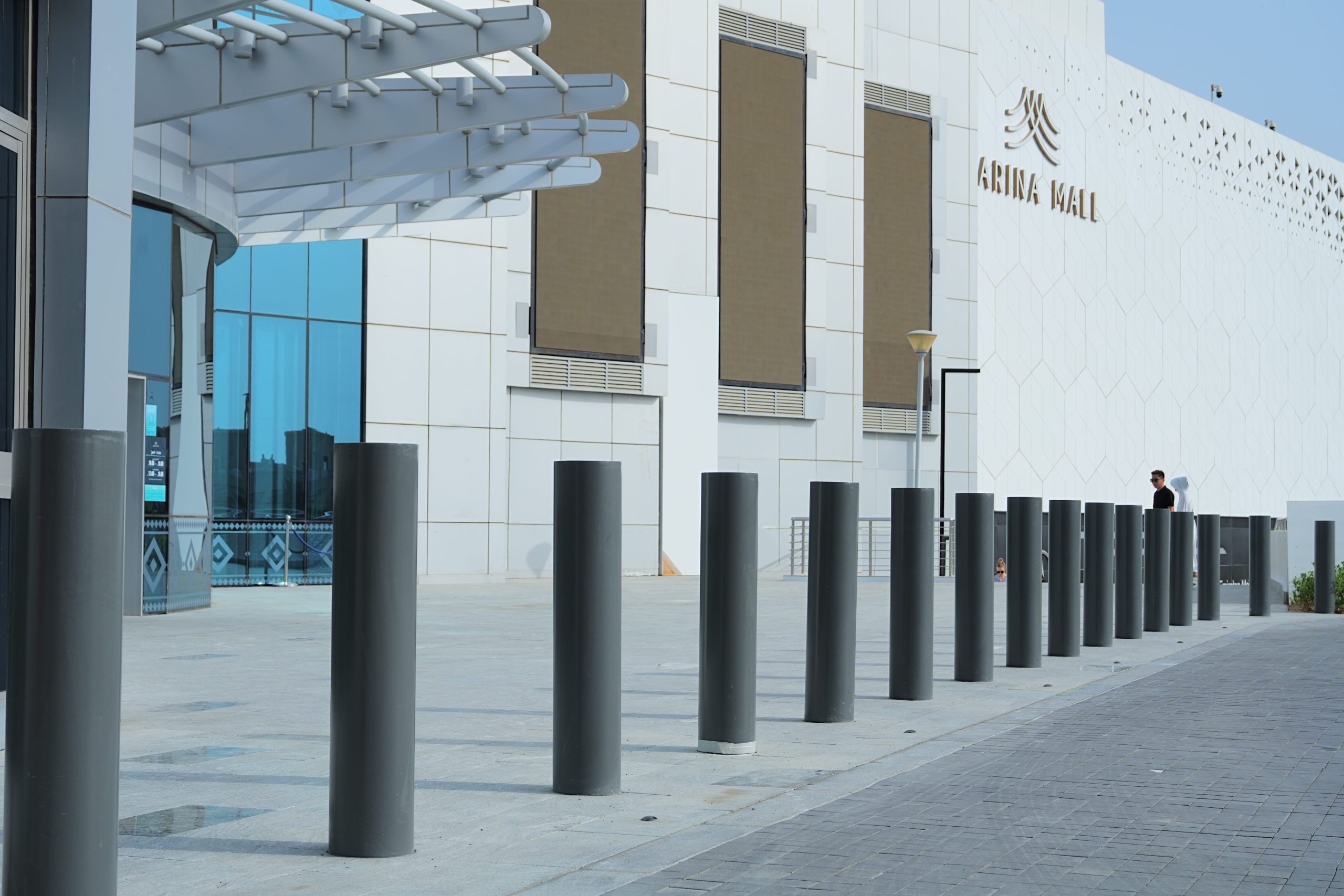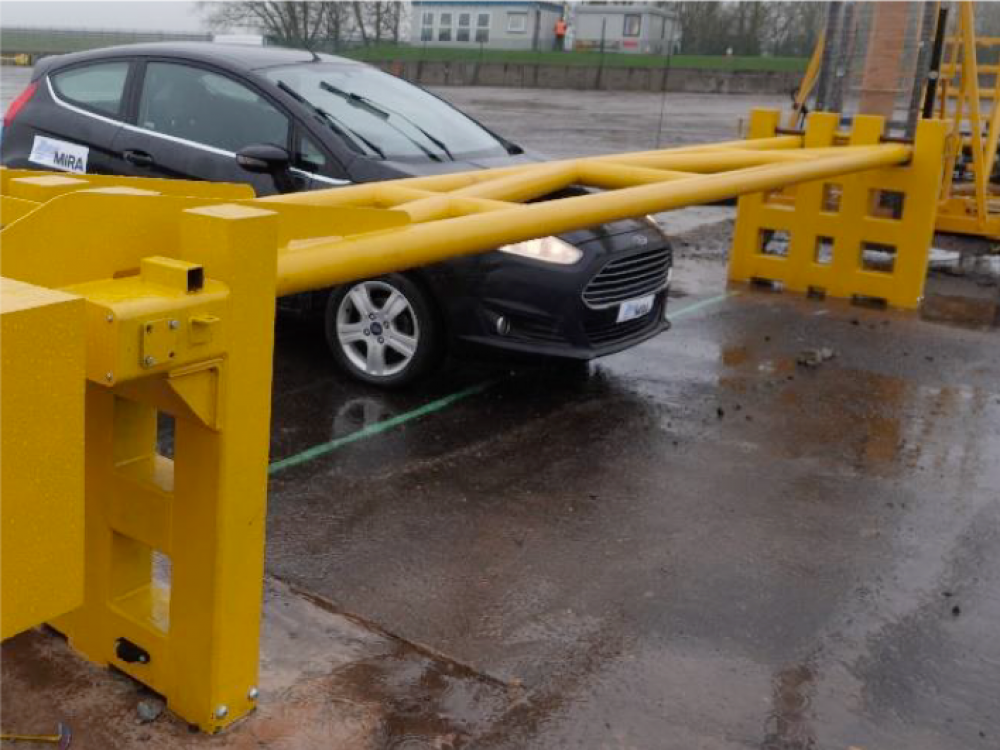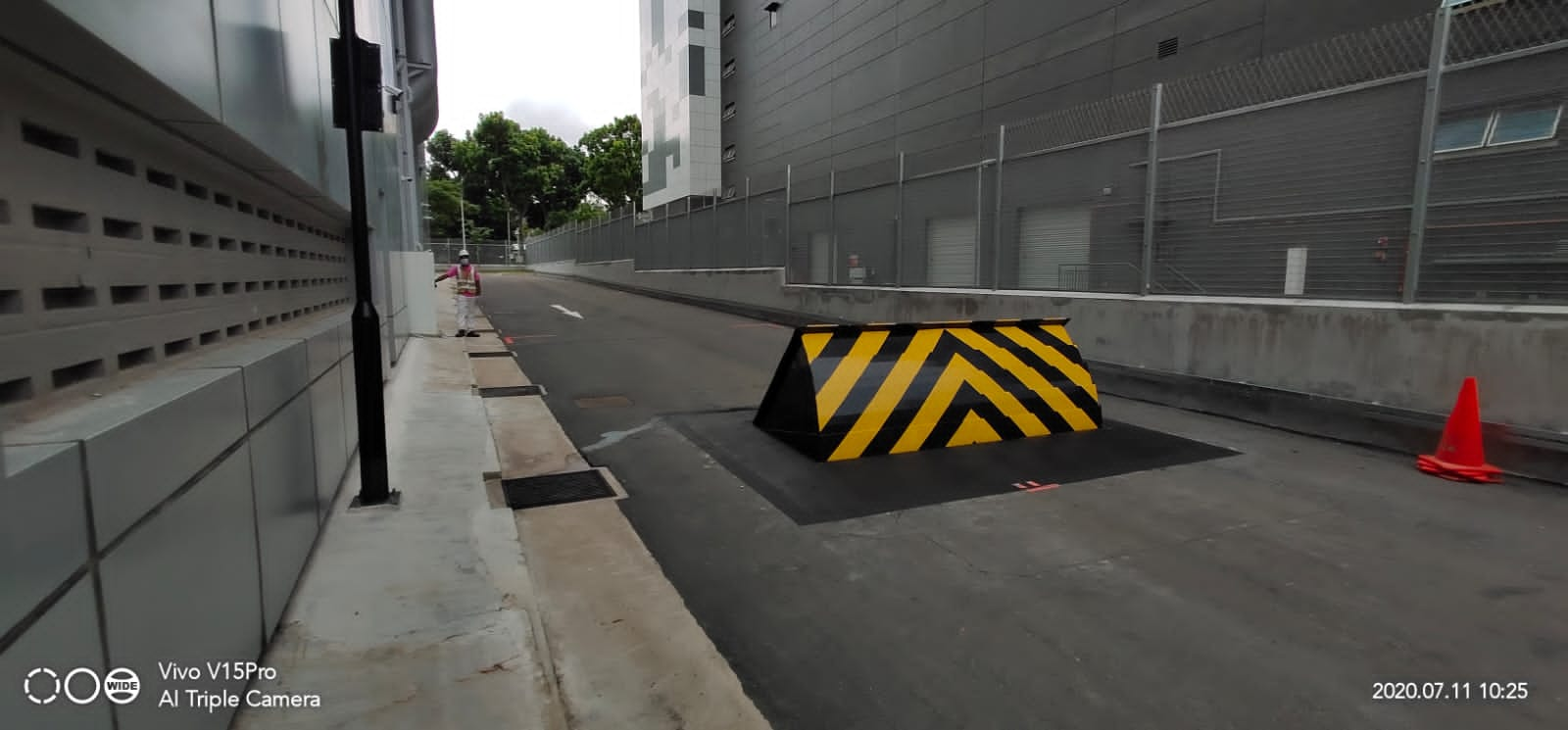
Understanding Crash-Rated Barriers: A Guide
Crash rated barriers are a crucial part of modern security infrastructure. They serve to protect people and property from vehicle intrusions, both accidental and intentional.
Understanding these barriers is essential for security professionals, facility managers, and urban planners. It’s also valuable for anyone interested in enhancing safety in public or private spaces.
This guide delves into the world of crash rated barriers, exploring their types, standards, and applications. By the end, you’ll have a comprehensive understanding of these barriers and how they contribute to a safer, more secure environment.
The Importance of Crash Rated Barriers
Crash rated barriers provide a vital line of defense in today’s security landscape. They are designed to stop vehicles that pose a threat, whether the intent is malicious or accidental.
By preventing unwanted vehicle access, these barriers protect lives and property. Infrastructure such as government buildings, airports, and commercial facilities rely heavily on these barriers. Their presence also acts as a psychological deterrent, reassuring stakeholders of the facility’s commitment to safety and security.
Barriers enhance safety by creating a comprehensive security plan that combines bollards, gates, and road blockers, ensuring the highest level of protection for a given environment.
Types of Crash Rated Barriers
| Barrier Type | Functionality | Best Applications |
|---|---|---|
| Bollards | Vertical posts that control vehicular traffic and protect pedestrians. | Storefronts, pedestrian zones. |
| Gate Barriers | Movable barriers regulating entry and exit points. | Airports, commercial facilities. |
| Road Blockers | Heavy-duty barriers installed at ground level for high-security entry points. | Military bases, government facilities. |
| Security Gates | Provide robust access control, including crash rated options to prevent vehicle intrusions. | High-security facilities, critical infrastructure. |
Bollards
Bollards are versatile safety barriers that effectively protect pedestrian areas and storefronts from vehicular access. Crash rated bollards provide both functional and aesthetic value, making them essential for high-security areas.

| Feature | Crash Rated Bollards | Non-Crash Rated Bollards |
|---|---|---|
| Strength | Designed to withstand impact from specific vehicle speeds and weights. | Primarily used for aesthetic or minimal traffic control purposes. |
| Applications | High-security sites, government facilities, and public spaces. | Pedestrian pathways and decorative urban planning. |
| Compliance | Must meet standards such as IWA 14-1 and PAS 68. | Generally not subjected to crash performance standards. |
Gate Barriers
Gate barriers manage the flow of vehicles at entry and exit points, playing a pivotal role in regulating access to secure areas. Automated gate barriers integrate with advanced systems like RFID or biometric scanners, while manual gate barriers are ideal for low-traffic areas.

| Comparison | Manual Gate Barriers | Automated Gate Barriers |
|---|---|---|
| Operation | Requires human intervention for opening and closing. | Controlled remotely or integrated with electronic access systems. |
| Security Level | Suitable for low-traffic or minimal-security areas. | Ideal for high-security or frequently accessed locations. |
| Convenience | Limited flexibility and slower operation. | Faster operation with higher efficiency. |
Road Blockers
Road blockers are heavy-duty barriers used in locations where maximum security is required. Rising road blockers can be deployed instantly to stop unauthorized vehicles, while fixed road blockers offer permanent high-security solutions.

| Feature | Fixed Road Blockers | Rising Road Blockers |
|---|---|---|
| Operation | Stationary; always visible and active. | Can be raised or lowered as needed. |
| Aesthetic Impact | Highly visible and may affect the site’s appearance. | Concealed when not in use, maintaining the area’s aesthetics. |
| Applications | Permanent high-security perimeters. | Temporary or flexible high-security zones. |
Crash Rated Gates
Crash rated gates provide the ultimate in vehicular access control, combining robust construction with crash-resistant technology. These gates are specifically designed to stop vehicles attempting forced entry, ensuring protection for high-security facilities. The Terra G8 Sliding Cantilevered Gate is a leading example, engineered to meet stringent safety and security standards.

Learn more about Terra G8 Sliding Cantilevered Gate
Standards and Ratings Explained
Crash rated barriers must comply with specific standards like PAS 68 and IWA 14-1. These standards ensure barriers meet rigorous safety and performance criteria.
| Standard | Details | Applications |
|---|---|---|
| IWA 14-1 | International standard covering the impact performance of barriers. | Global infrastructure, especially in urban and high-security areas. |
| PAS 68 | UK standard for testing and classifying vehicle security barriers under impact conditions. | Critical infrastructure, including airports, government facilities, and public spaces. |
Conclusion: Comprehensive Security Solutions
Crash rated barriers, including bollards, gate barriers, and road blockers, are essential for safeguarding people and assets. By integrating these barriers with compliance to standards like PAS 68 and IWA 14-1, facilities ensure robust protection against various threats.
For tailored solutions, explore certified products by Frontier Pitts Middle East to meet your security needs.